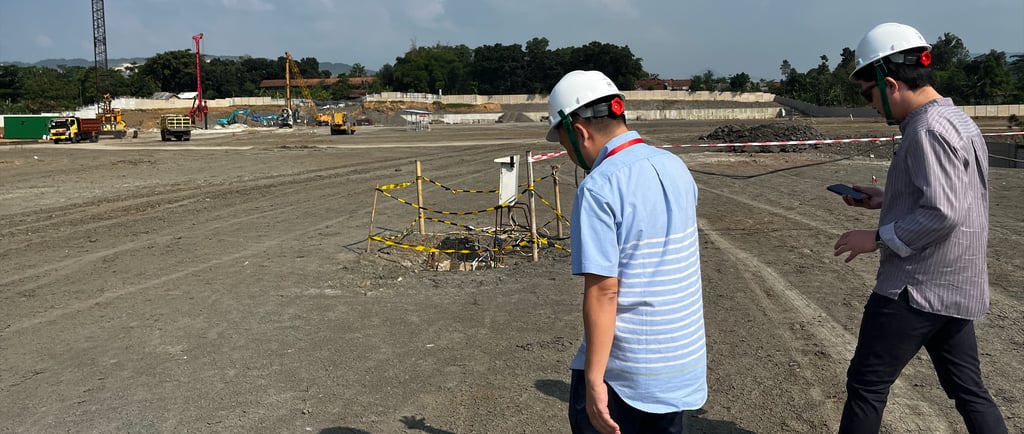The Comprehensive Role of a Landscape Architect
Abyakta Landscape
5/17/20231 min read


Understanding the Role of a Landscape Architect
Landscape architects play a pivotal role in planning and designing outdoor spaces. Their expertise blends creativity with technical skills to create environments that are both functional and aesthetically pleasing. This profession requires a deep understanding of both natural and built environments, allowing architects to integrate various elements harmoniously.
Key Responsibilities of Landscape Architects
A landscape architect's responsibilities encompass various tasks that ensure the successful completion of projects. These include site analysis, where architects assess the physical and environmental conditions of a site. This step is crucial, as it informs the feasibility and design approach. They also engage in master planning, providing a comprehensive vision that aligns with both client needs and regulatory requirements.
Design and Implementation
Designing is a core aspect of a landscape architect's job. This involves creating detailed plans and drawings that outline the proposed use of spaces, materials, and plant selections. The design process also incorporates sustainable practices, considering resource conservation and environmental impacts. Once the design is approved, landscape architects oversee the implementation, ensuring that the construction follows the specified plans and standards.
Collaboration and Communication
Effective communication is essential for landscape architects. They must collaborate with clients, contractors, and other professionals involved in the project. This collaboration ensures that all parties are aligned and that the project progresses smoothly. Additionally, landscape architects must stay updated with the latest industry trends and technologies, incorporating innovative solutions into their designs.
Environmental Stewardship
Landscape architects are also stewards of the environment. They advocate for sustainable practices, such as using native plants, reducing water consumption, and promoting biodiversity. Their designs often seek to mitigate environmental issues, such as erosion control and habitat restoration, contributing to the broader goals of sustainability and resilience.
In conclusion, the role of a landscape architect is multifaceted, requiring a balance of creativity, technical skills, and environmental consciousness. By understanding and executing their responsibilities, landscape architects significantly enhance the quality and sustainability of our outdoor spaces.
ABYAKTA
PT Abyakta Bhumi Arya, established in 2019, is a landscape company based in Bogor, Indonesia. We are composed of licensed and experienced landscape team who are dedicated to both landscape design and construction. This dedication makes us a reliable partner for your landscape project. We collaborate closely with clients to understand their needs, preferences, and the unique characteristics of each site. This approach allows us to develop custom landscape designs that meet your specific goals.
CONTACT US
© 2019-2025 Abyakta Landscape. All Rights Reserved.
